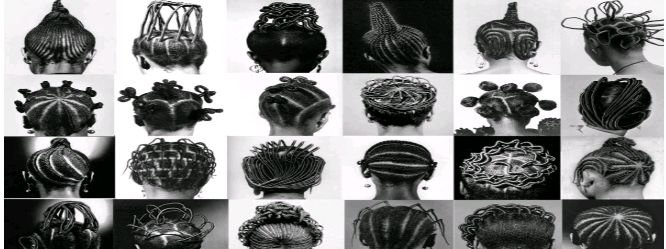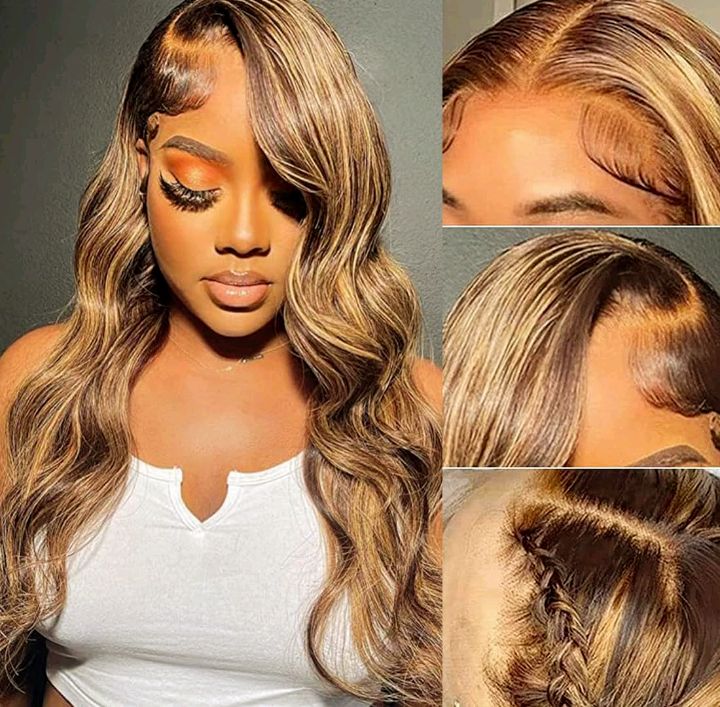Elizabeth Godwin

Hairstyles are a powerful tool for self-expression and can have a big impact on confidence and attractiveness. A person’s hairstyle refers to the way their hair is placed, styled, and cut on their head.
In addition to being beautiful, a person’s hair also contributes to their identity. For example, based on a person’s hair, one can determine their ethnicity, class, social status (royalty, soldier, or peasant), religion, and even their level of fertility.
This is especially true for women, as it is said that “a woman’s hair is her beauty” and long hair is one of the characteristics that define a woman’s beauty.
Throughout history, conquering tribes, regal rulers, and Hollywood celebrities have served as inspiration for many hairstyles.The progression of hairstyles has been extremely difficult.
Unlike the native hairstyles, which involved braiding the hair solely with natural hair, plaiting the hair with rubber, or cutting the hair, you can now braid the hair using an attachment, a wig, fixing weavon, and other methods.

Hair has historically represented women’s rights and religious holiness. The cultural significance of hair has not altered over the years, despite significant changes in hairstyles and the causes behind them.
Without the use of hair extensions or attachments, ladies have shaped their hair into a variety of lovely patterns in the past.
The gradual disappearance of indigenous hairstyles has been attributed to the evolution of hairstyles from traditional ones such as suku, “koroba,” ” kolese,” ” kojusoko,” and “keyinsoko,” to more modern looks that frequently incorporate wigs, attachments, hair colouring, curling, and other stylistic elements.
New hairstyles and hair extensions proliferate on the market with every passing year. Using Nigerian hairstyles as an example, it can be seen that because they are not conserved, they were impacted at different times by different civilization.
For example, during the British colonial era, the majority of ordinary Nigerian women aspired to be like the white colonisers. It was also during this time that wigs became fashionable and were worn; the styles of wigs varied.
In contrast to today, when wigs are worn everywhere, back then wigs were worn as headdresses for formal events like weddings and funerals.
Nigerian women have traditionally knotted and adorned their hair with cowries and beads.
In addition to their aesthetic appeal, Nigerian hairstyles are noteworthy because of their reputation for inventiveness.
The usage of artificial hair and the influence of Western society will quickly render native hairstyles obsolete, as we in time, may no longer see these beautiful hairstyles in person.
